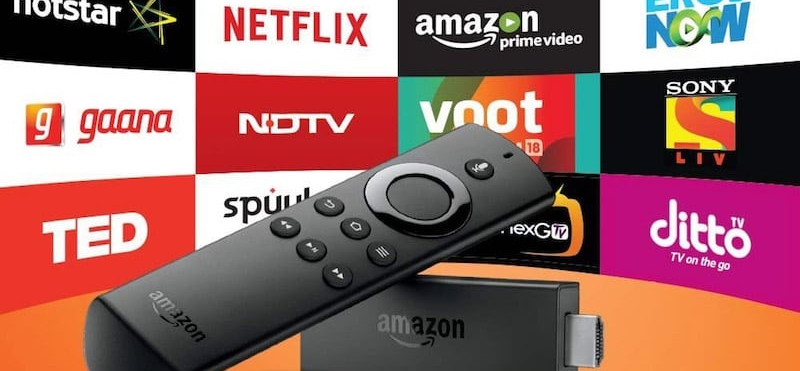
|

|

|

|

Traditional TV Stations Ready to Sign-off?
Amazon raised eyebrows in the broadcast and entertainment industry by posting job openings for a product manager and marketing personnel for linear broadcast TV content. What? Why does a subscription service that aggregates content, in some cases, original content, want to get into linear television? By the way, linear television is the traditional broadcast network model whereby viewers watch television programs, which air at specific times. Is this a shot across the bow of the broadcast television industry?
We think so. Amazon has signaled that it is interested in providing 24/7 streaming of sports, news, movies, award shows, special events, and TV shows, including live shows. Live content, including sports, news, and award shows, has been the domain of the traditional broadcast networks. While TV ratings have been on the decline for years, the traditional networks still aggregate very large audiences. But, Amazon has become such a powerful size that it may begin to compete for a slice of those viewers.
Take, for instance, the Academy Awards. Last year, 23.6 million viewers watched the Academy Awards show, but the number of viewers was half of the viewership in 2000. With the decline in ratings, Amazon could be in shouting distance to compete for rights to the show. To put this into perspective, Amazon Prime has 112 million subscribers, up nearly 18% from a year ago. According to Nielsen’s National Television Household Universe, there are 120.6 million TV homes in the U.S.
What does the move toward linear television say about the VOD (Video on Demand) subscription model? Could the next Academy Awards Show be on a streaming Amazon channel? Amazon appears to be moving toward a broader streaming model that goes beyond movies and episodic “TV” programming. In expanding content into live programming, news, awards shows, and sports, it broadens the appeal of its subscription service with robust and rich content. Furthermore, it differentiates its service from the myriad of other subscription VOD services, which may have limited content offerings, mostly movies, for instance. Assuming that Amazon will be able to aggregate large audiences, it is possible that it will be successful in licensing sports contracts and award shows away from the traditional broadcast networks. As such, the strategy could be the means to keep its subscriber count growing. Is this a sign that free “over the air” programming is over? It is possible if Amazon is successful in obtaining licensing deals on marquee content, like the Academy Awards, or even the Olympics, away from the traditional networks.
Stay tuned…
Suggested Reading:
Weaning
America off Unemployment Insurance
Will There be an
Explosion of New Acquisitions?
The Limits of Government
Tinkering
Enjoy Premium Channelchek Content at No Cost
Sources: